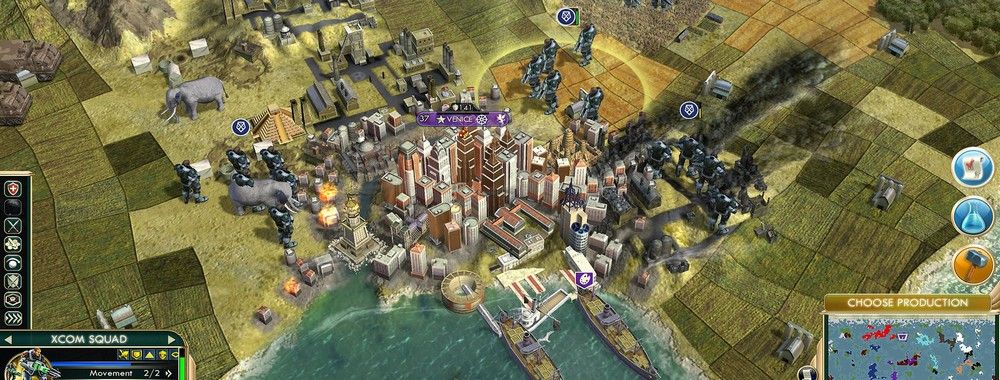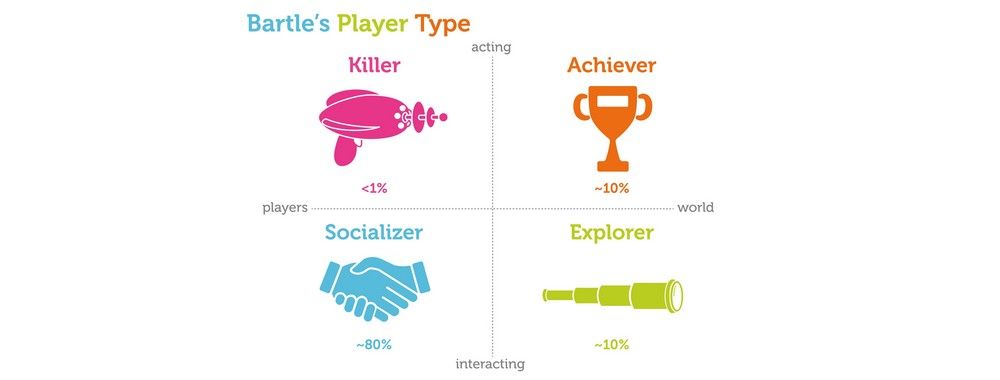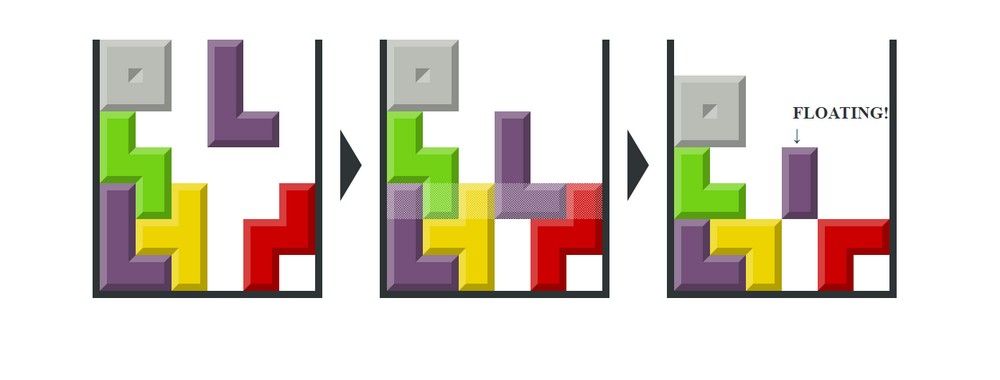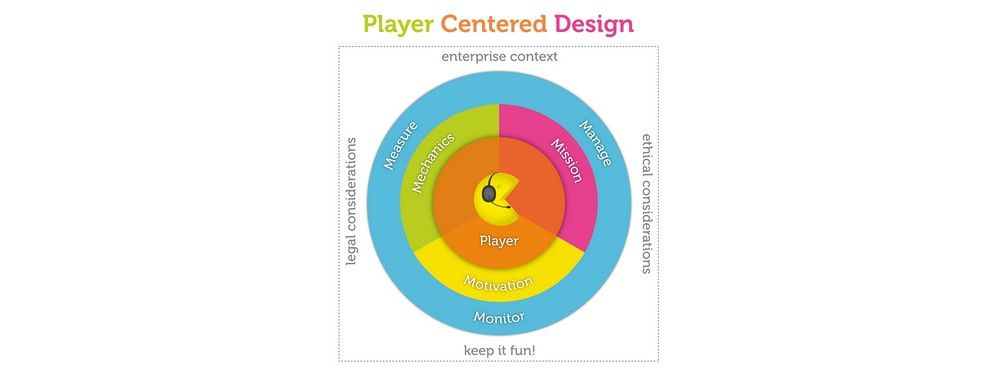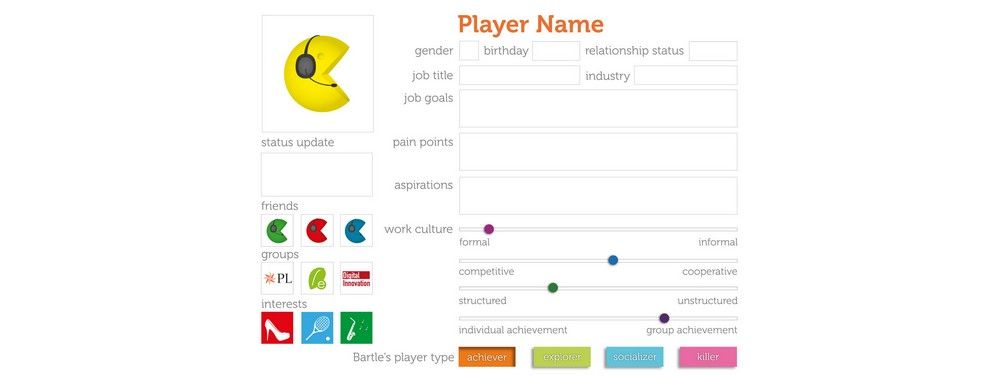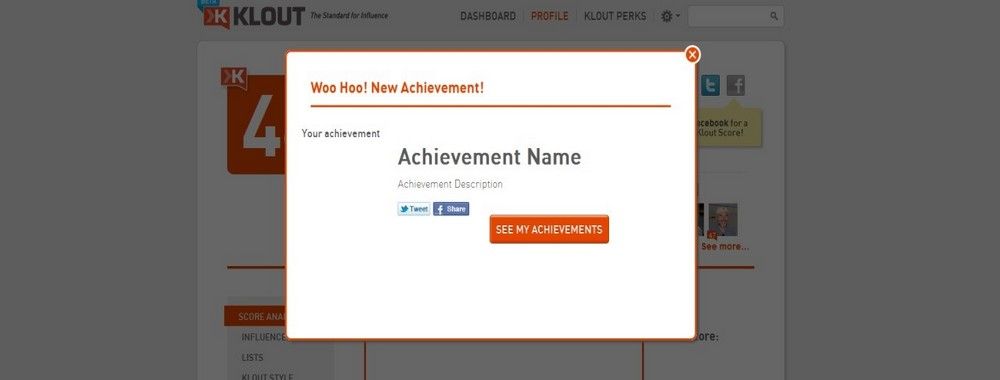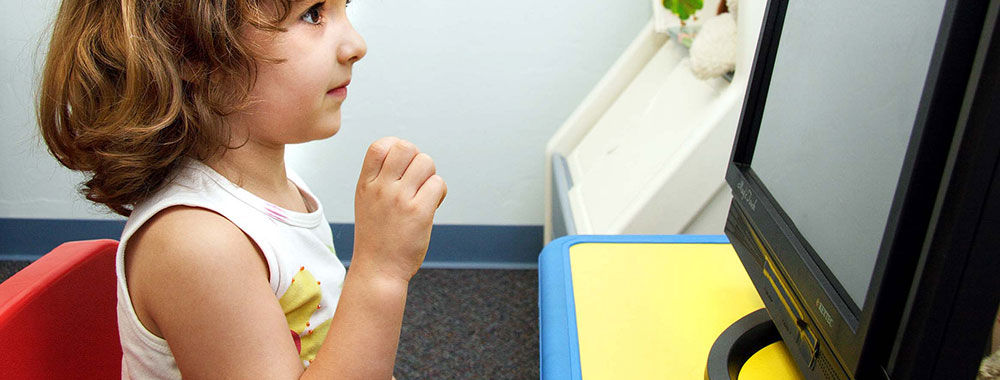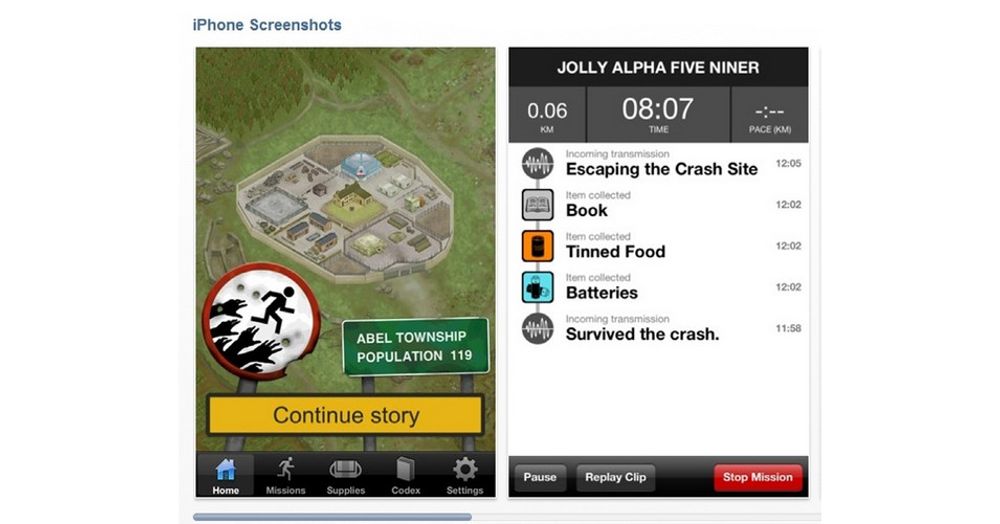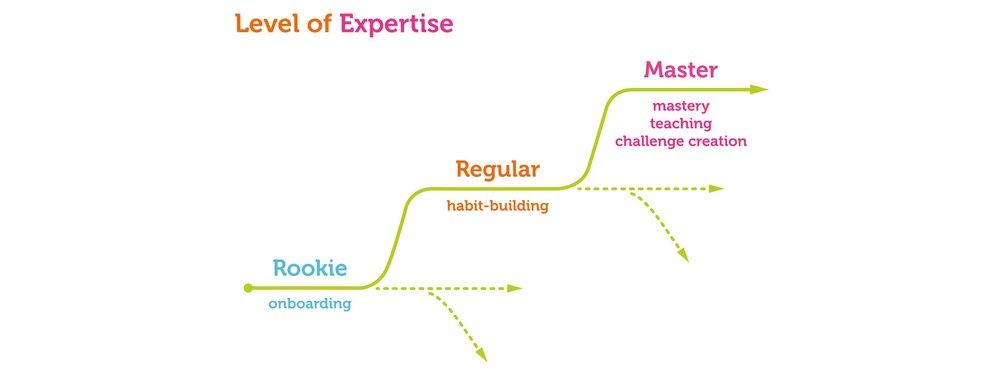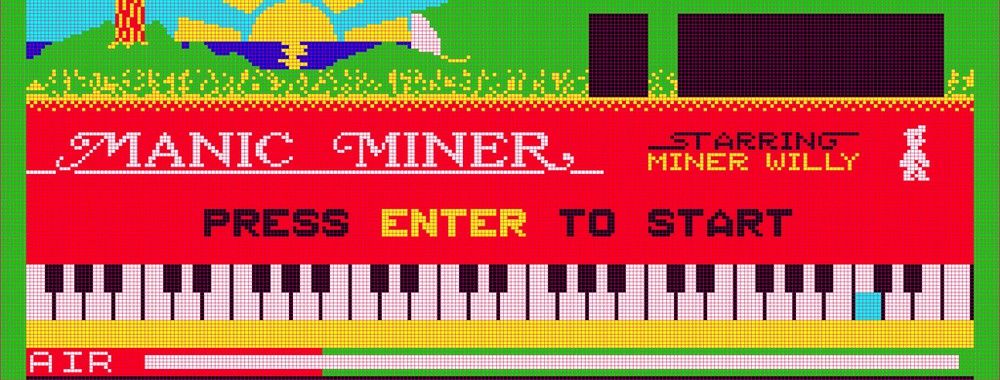Very few people look forward to work. If you weren’t working, you could be doing something fun. Yet, work isn’t the opposite of fun. Work can be a lot of fun sometimes. The idea of work appears in almost every game we play.
Can Work Be Fun?
Work and play are not opposites or even mutually exclusive. One of the elements of almost every game you play is work. There are six types of work commonly found in games and gamified experiences (as defined by Janaki Kumar and Mario Herger in their book Gamification at Work: Designing Engaging Business Software). When used correctly, work can increase the fun of games. Let’s take a look, shall we?
High-Stakes Work
If you’ve played a shooter game like Doom or Halo, you’ll know that the consequence of failure is being shot by aliens or eaten by demons. The same is true in a racing simulator such as Need for Speed, especially when the mistake is driving a Porsche into a wall at 120 miles an hour. Fortunately, there will be no physical harm to the player if that happens (apart from pulling out hair in frustration!).
This ability to take part in risky behavior without any real risk to ourselves is fun. It’s work, but it’s not the kind of work we do at a job. It’s fast, exciting work. If we were to recreate the Porsche scenario in real life, it would have deadly consequences.
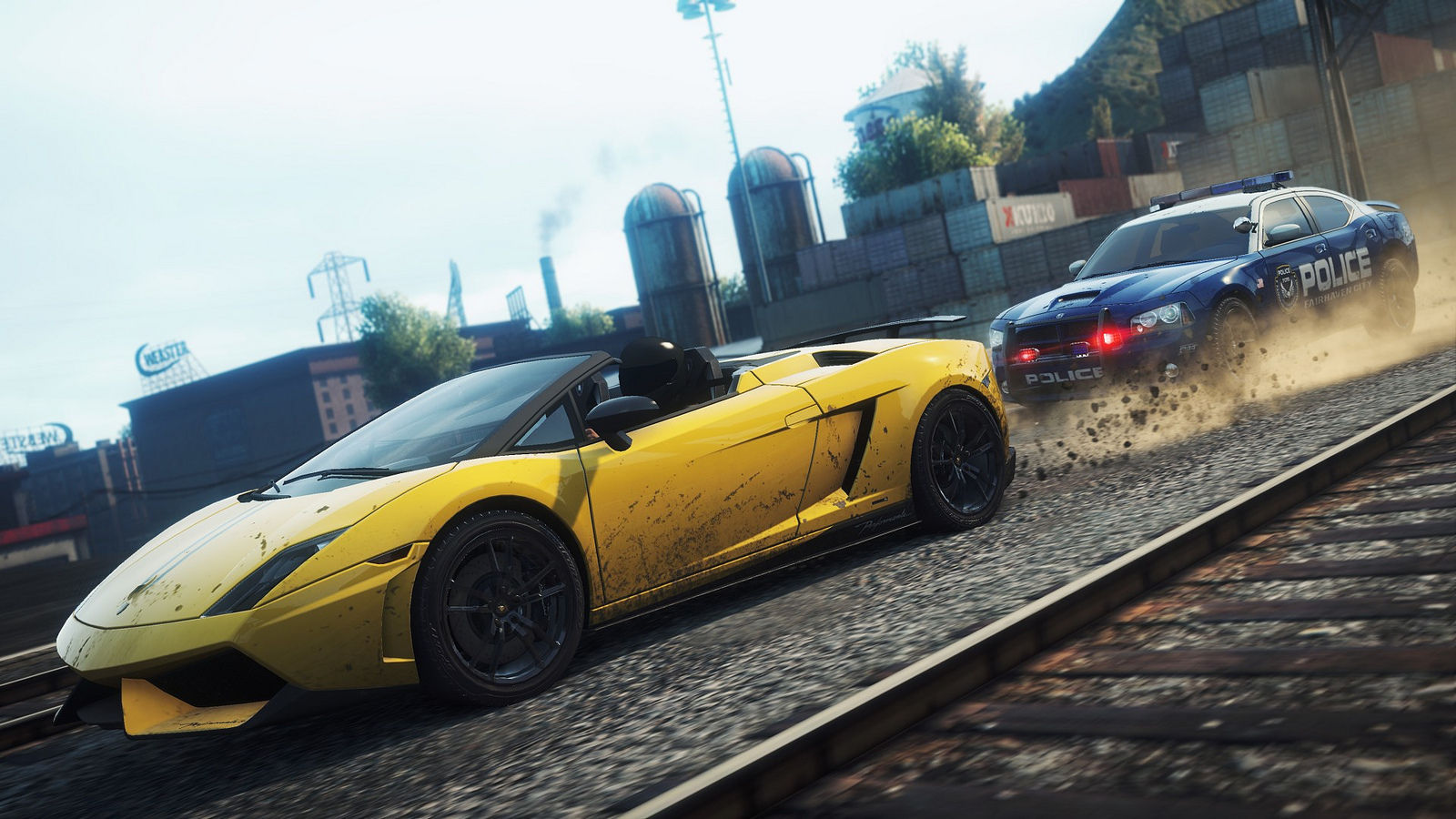
Author/Copyright holder: PlayStation Europe. Copyright terms and license: CC BY-SA 4.0
The Need for Speed lets us capture the thrills of driving fast cars, and it’s a kind of work, too—high-stakes work.
Busywork
Candy Crush, Farmville, and other games offer endless iterations of the same task. These games keep our hands full and our attention even though the work involved is not remarkably varied. A repetitive and seemingly boring task like mining ore or chopping wood can become fascinating with the right incentive.
Mental Work
Plenty of games, from Scrabble Online to RTS (Real-Time Strategy) games such as Total War, engage our grey matter. Some people get a certain thrill when they outsmart an opponent. Others like to prove they could conquer the world (if they had the proper budget and 200 samurai). For example, in the Civilization series of games, you get to run a nation, potentially the world. If you were to be a real-life ruler of most of the world, that role would undoubtedly come with an immense salary. Even though you’re doing the job pro bono in the game, it's a credit to the ingenious design of Civilization that you commit endless hours to governance with only the joy of doing it as a reward.
Physical Work
Exercise might not be something you’d immediately connect with video gaming. Still, Virtual Reality (VR) and motion control-based consoles like the Nintendo Wii encourage gamers to work up a sweat. People play tennis, dance on a dance mat or even do yoga in video games. This type of exercise game releases endorphins, nature’s happy chemicals. Yes, they’re natural highs, and the more we have in our systems, the more fun we have.
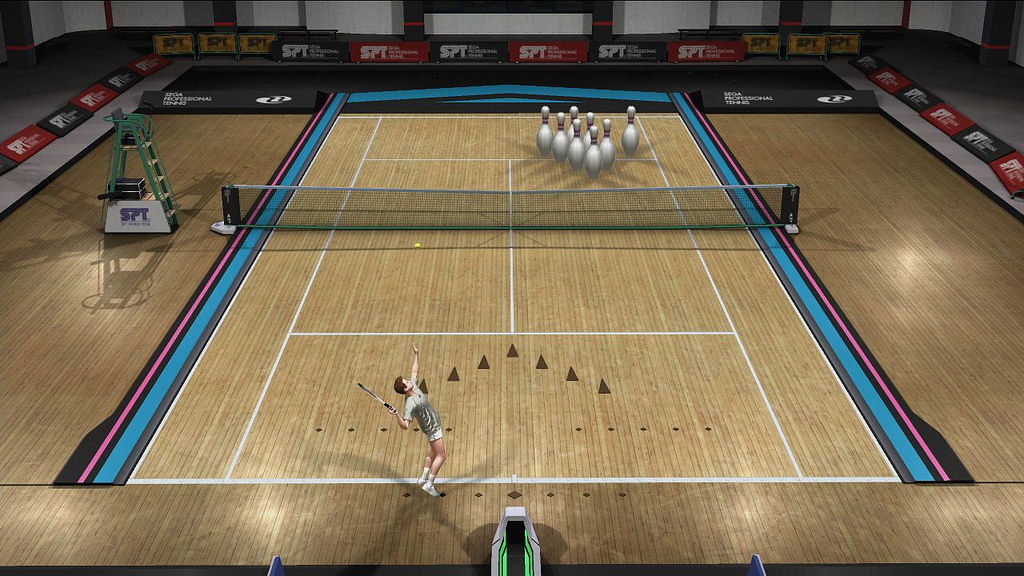
Author/Copyright holder: PlayStation Europe. Copyright terms and license: CC BY-NC 4.0
Many games focus on physical work, such as tennis (above), football, rugby, etc. With increasingly sophisticated sensors in devices, the gameplay is a dead ringer for the actual activity. Just be careful of wearing out the carpet with your golf shoes.
Exploration Work
Discovering new things is cool. We enjoy finding out about things we didn’t know about before. Uncovering the whole map in World of Warcraft is an achievement for a reason. People like to explore. Here again, Sid Meier’s Civilization taps a powerful vein. One way to uncover secrets of technology (such as code of laws, writing, and pottery) is by finding old villages in uncharted regions.
Creative Work
Making our own decisions and jumping outside of boundaries is also fun. People play “real life” over and over again in The Sims. Why do people spend valuable time living someone else’s “life” when real life tends to be hectic enough? The answer is the freedom to make choices they don’t have in their real lives. This freedom keeps the game compelling for these devoted players, turning the mundane into a creative outlet.
Imagine winning the European Cup in Football with 11 goalkeepers on the field. You can try that in Championship Manager and see how it goes. These games provide a safe space to try out risky life decisions.
We do a lot of work in games, but that work doesn’t feel like work—because it’s fun to us. Harnessing these fun aspects of work can give your gamification project a big boost.
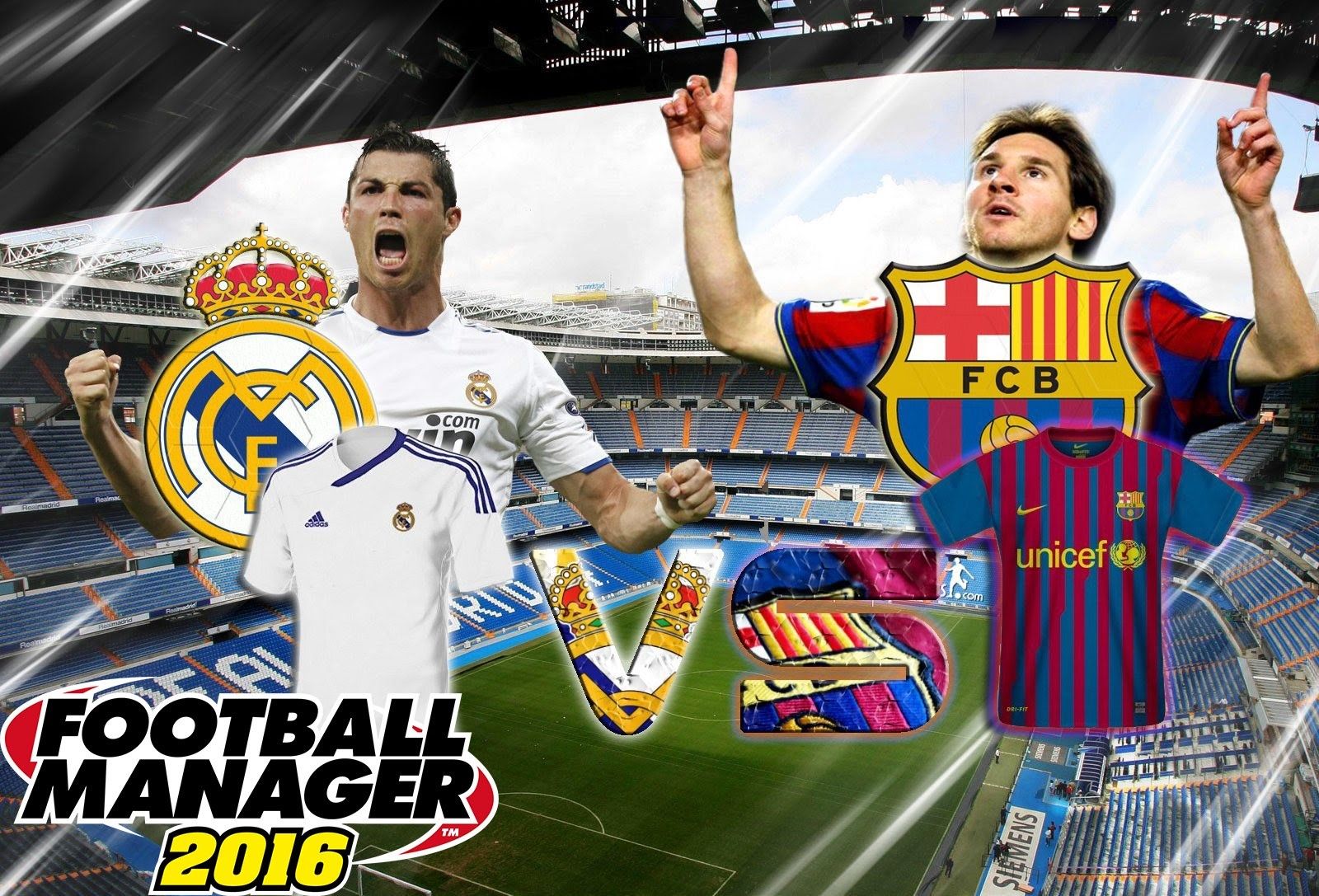 Author/Copyright holder: Manager Game. Copyright terms and license: Fair Use
Author/Copyright holder: Manager Game. Copyright terms and license: Fair Use
Football Manager offers the chance for creative work—something that managers of all kinds might be able to tap into.
“Fun is good.”
—Dr. Seuss, classic children’s storyteller
The test of effective gamification is if players don't feel like they are doing work. The reward of playing is fun, even if many of the tasks in a game are technically work. We might smile hearing people complain that they can’t harvest their virtual crops in time. Or that airplane travel kept them from collecting their daily reward or mystery prize. In truth, a person with such a dutiful mindset in gaming is likely to be as dutiful when clocking on at work.
Take Away
Strange as it may sound, games involve work, but it’s work that we want to do rather than work we have to do. We’ve all wished to get out of work early on a Friday. But many of us, if given that time, will throw ourselves happily into a different type of work as we play games. One difference may be that the “game work” is self-imposed, whereas “work work” feels enforced. Another difference may be that three hours of game work in our own time evaporates quickly. That same chunk of time spent stuck in an office, buried in work someone else asked us to do, perhaps on a dreary Monday morning, can drag slower than an aircraft carrier’s anchor on the sea bed.
These are essential considerations as you dabble and become proficient in gamification design. Good gamification projects will help work feel less like work and more like fun. All while still completing the work that needs doing.
References & Where to Learn More
Janaki Mythily Kumar and Mario Herger, Gamification at Work: Designing Engaging Business Software, The Interaction Design Foundation, 2014
Hero Image: Author/Copyright holder: Mike Prosser. Copyright terms and license: CC BY-SA 4.0
